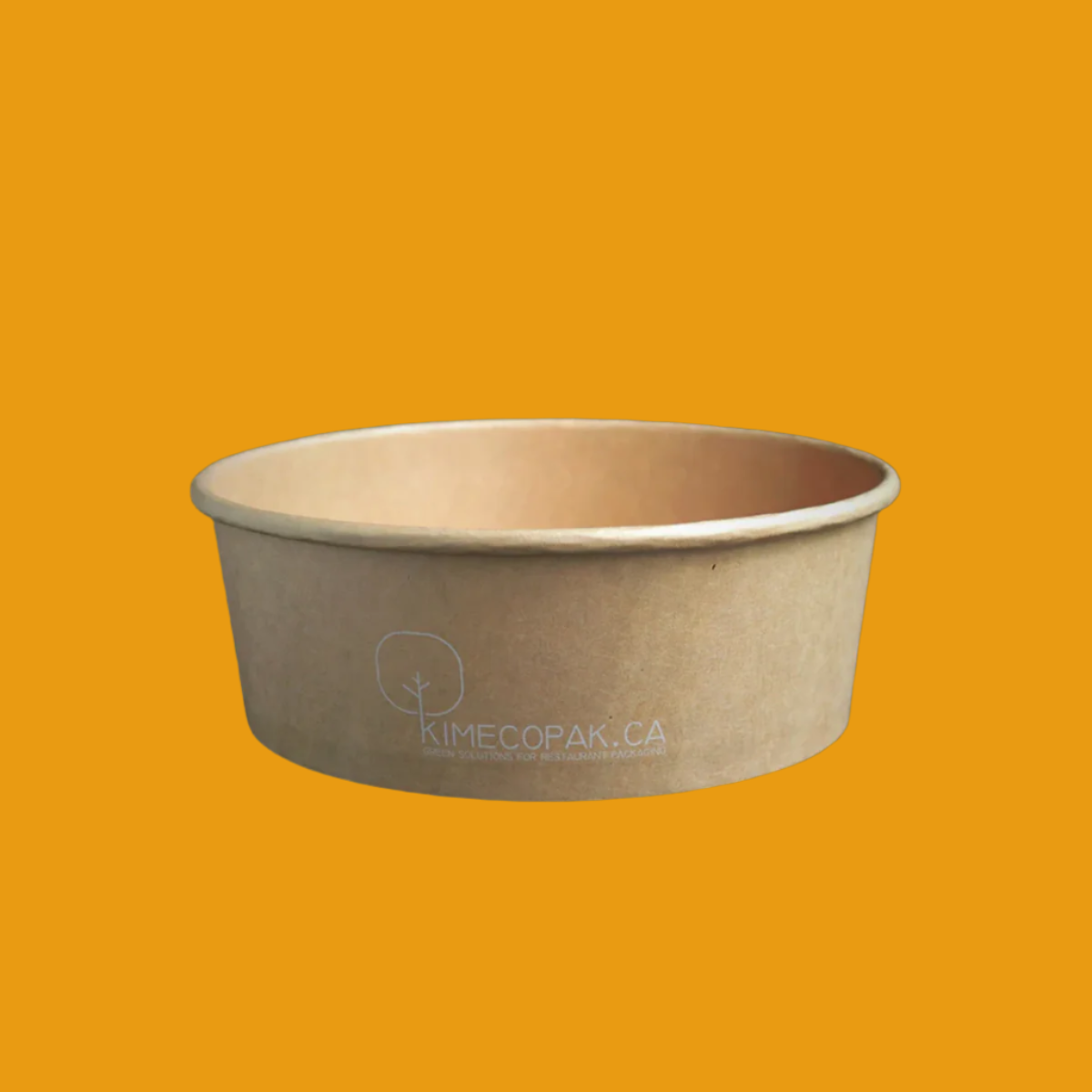Wondering is coffee shop business profitable before opening your own café? You're not alone. With coffee culture booming and demand rising, owning a coffee shop can be a rewarding venture, but it comes with its own set of financial realities. In this blog, we’ll break down what drives profitability, from startup costs and revenue potential to key strategies and risks, helping you decide if this business is the right fit for your goals.
- How to Start Coffee Shop Business from Scratch
- 13 Tips to Open a Successful Coffee Shops in Canada
- Coffee Shop vs Café: Key Differences Aspiring Owners Should Know
Understanding Coffee Shop Profitability

The coffee shop industry has evolved into a $45 billion market in the United States alone, demonstrating significant growth over the years. With coffee being a daily ritual for millions, the demand for quality coffee and inviting spaces continues to flourish.
Overview of the Coffee Shop Industry
Coffee shops are more than just places to grab a quick cup of joe; they serve as community hubs where customers can relax, work, or socialize. This diverse customer base plays a crucial role in determining the profitability of a coffee shop.
Factors Influencing Profitability
Several factors contribute to a coffee shop's bottom line:
- Quality of Products: Offering high-quality coffee and fresh pastries can create a loyal customer base.
- Location: Foot traffic and visibility can significantly impact sales.
- Customer Service: Excellent service fosters repeat business and positive word-of-mouth.
- Market Positioning: A unique selling proposition distinguishes a coffee shop from competitors.
Market Trends and Consumer Behavior
Staying attuned to market trends and shifting consumer preferences can help coffee shop owners stay relevant. For instance:
- Many consumers are leaning toward sustainable and ethically sourced products.
- The rise of remote work has led to an increased demand for comfortable spaces where people can work.
- Seasonal trends, such as pumpkin spice in the fall or iced beverages in the summer, can also influence sales.
Average Profit Margins in the Coffee Shop Industry

Typical profit margins for small coffee shops range from 10% to 25%, which, while modest, can be quite satisfactory when managed well.
Comparison with Other Food and Beverage Businesses
Compared to other food and beverage establishments, coffee shops often enjoy higher margins due to lower inventory costs and high markup on beverages. However, understanding the operational complexities is crucial for achieving these profits.
Impact of Location and Operational Efficiency
The location of a coffee shop can make or break its profitability. A well-placed shop in a high-traffic area can see significantly better margins. Additionally, operational efficiency such as managing inventory and optimizing staffing can enhance profitability.
Revenue and Income Expectations

Independent coffee shops typically generate an average annual revenue ranging from $450,000 to $500,000.
Owner's Salary Range
The salary for coffee shop owners varies greatly based on the shop's success, typically falling between $60,000 and $160,000. This variability often reflects the level of engagement and management skills of the owner.
Factors Affecting Income Levels
Factors that influence income levels include:
- Business Model: Whether the shop focuses on high-volume sales or higher-end products can affect revenue.
- Market Competition: The number of competing shops in the area can impact earnings.
- Operational Management: Efficient management practices can lead to increased revenue and decreased costs.
Key Expenses Impacting Profitability

The pathway to profitability is riddled with expenses that must be managed effectively.
Startup Costs
Starting a coffee shop involves significant initial investments, including:
- Equipment: Quality espresso machines and grinders are essential for delivering great coffee.
- Lease Agreements: Renting a location can be costly, especially in prime areas.
- Renovations: Creating an inviting atmosphere requires capital for furnishings and decor.
Ongoing Operational Expenses
Day-to-day expenses must also be considered:
- Staff Wages: Hiring skilled baristas can increase costs but can also improve customer satisfaction.
- Utilities: Heating, cooling, and electricity are ongoing costs that can add up quickly.
- Supplies: Fresh coffee beans, milk, and pastries require regular purchases.
Strategies for Cost Management
Effective cost management is crucial for maintaining profitability:
- Budgeting: Keeping a close eye on expenses can prevent overspending.
- Supplier Relations: Building relationships with suppliers to negotiate better prices can reduce costs.
- Efficiency: Streamlining operations to reduce waste can also enhance profitability.
Strategies to Enhance Profitability

To maximize profits, coffee shop owners can implement various strategies.
Menu Optimization and Pricing Strategies
Analyzing menu items to determine profitability can help refine offerings. Pricing strategies that balance cost and consumer willingness to pay can also improve margins.
Effective Marketing and Customer Retention
Investing in marketing and customer loyalty programs fosters repeat business. Engaging with customers through social media can build a solid community presence.
Diversifying Revenue Streams
Exploring additional revenue channels can provide a buffer against fluctuating sales:
- Merchandise: Selling branded mugs or coffee beans can boost income.
- Catering Services: Offering catering for events can attract new customers and additional revenue.
- Classes and Workshops: Hosting coffee brewing classes can position a shop as an authority in the market while generating extra income.
Challenges in the Coffee Shop Business

Market saturation and competition
The coffee shop market has expanded significantly over the past two decades, leading to increased competition and market saturation. In urban areas, it’s not uncommon to find coffee shops on nearly every corner. This oversupply can make it challenging for new entrants to capture a customer base and build brand loyalty.
Coffee chains like Starbucks or Dunkin' dominate the market, drawing customers with their established brands and extensive loyalty programs. New coffee shops must think creatively about how to differentiate themselves. This could include offering unique blends, specialty drinks, or a strong emphasis on local sourcing. However, it requires a solid marketing strategy and a deep understanding of the target demographic to stand out effectively.
Community-Centric Approach: How Cafes Are Building Stronger Neighborhoods?
Economic fluctuations and consumer spending habits
Economic shifts can significantly impact coffee shop profitability. During economic downturns, discretionary spending often decreases, leading consumers to cut back on non-essential purchases, including specialty coffee.
Coffee shops that rely on foot traffic from local businesses may experience declines during recession periods, as people seek cheaper alternatives or brew coffee at home. It's essential for coffee shop owners to monitor economic trends and adapt their business strategies accordingly.
For instance, during the COVID-19 pandemic, many coffee shops pivoted to online sales and expanded their menu to include grocery items to maintain revenue streams. This adaptability can be crucial for survival in changing economic climates.
Case studies of coffee shop closures due to economic pressures
The story of "The Sun", a beloved local coffee shop, illustrates how economic pressures can lead to closure. When The Sun opened, it quickly became a community favorite due to its warm atmosphere and signature brews. However, when the economy dipped, the coffee shop saw a drop in regular customers, forcing them to make tough decisions.
Conclusion
If you’re considering entering the coffee shop business, weigh both the potential rewards and the inherent risks. The market can be rewarding for those who are passionate about coffee and customer service, but it requires hard work and smart planning. Ensure that you prepare a solid business plan and be ready to adapt to changing conditions.









